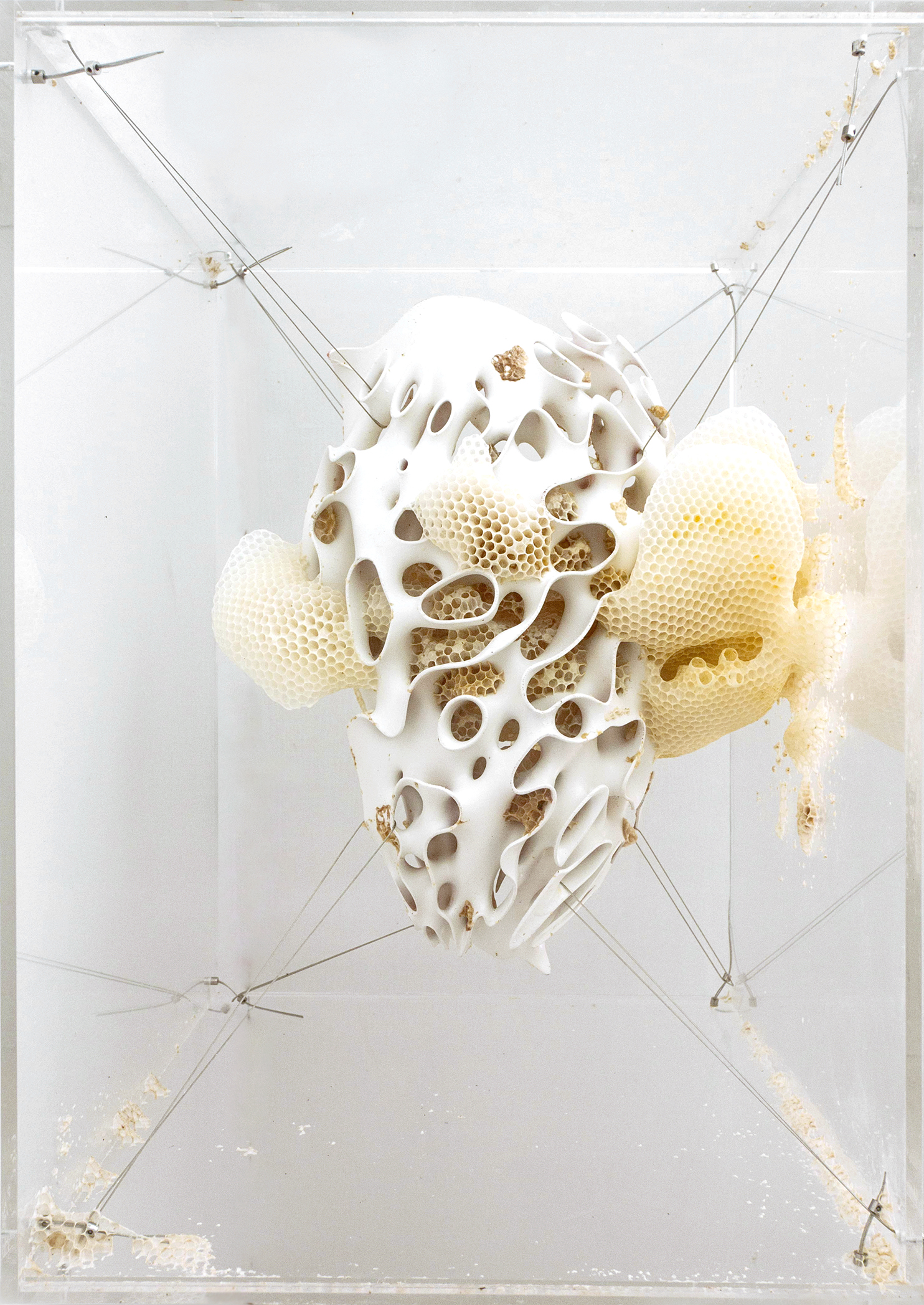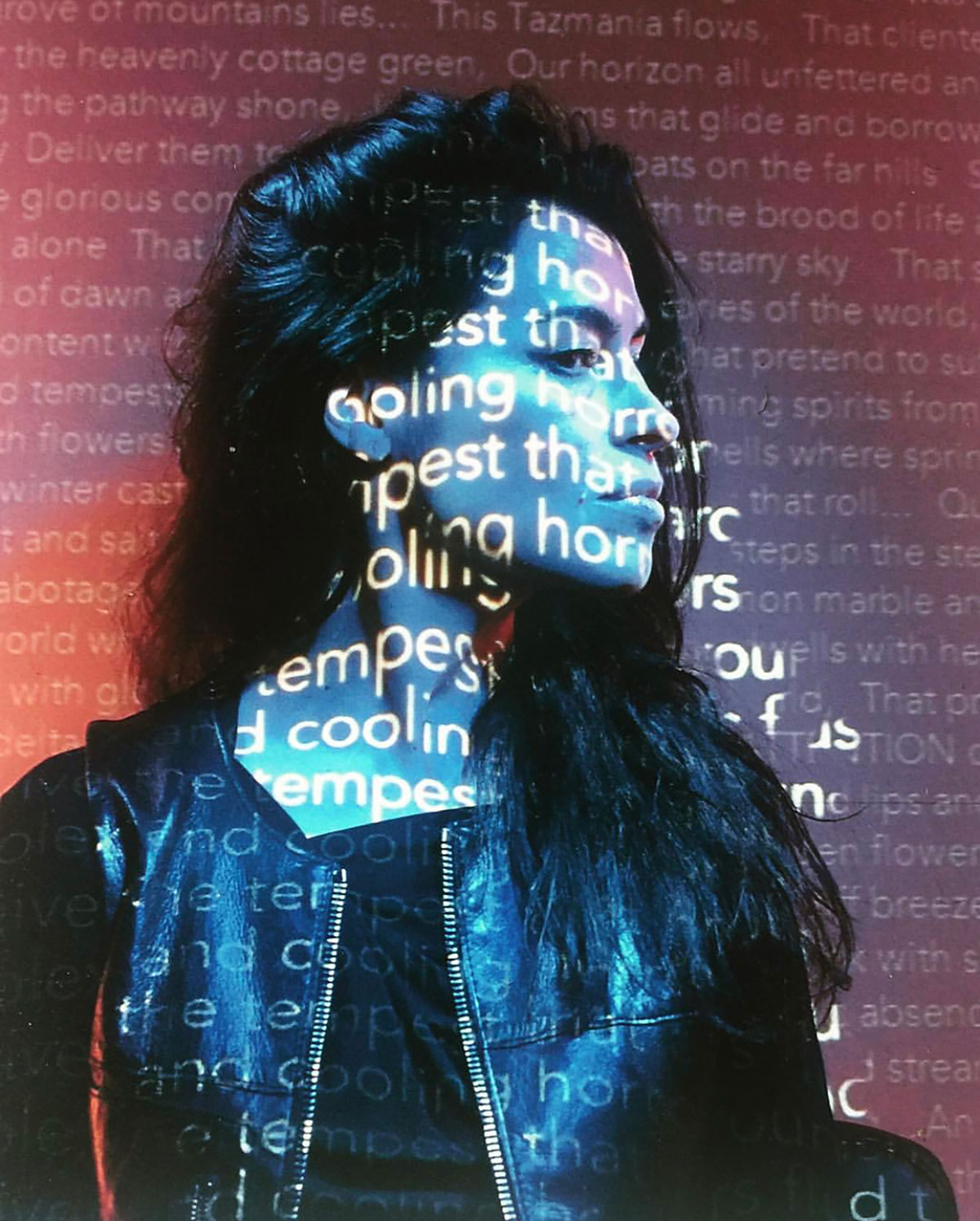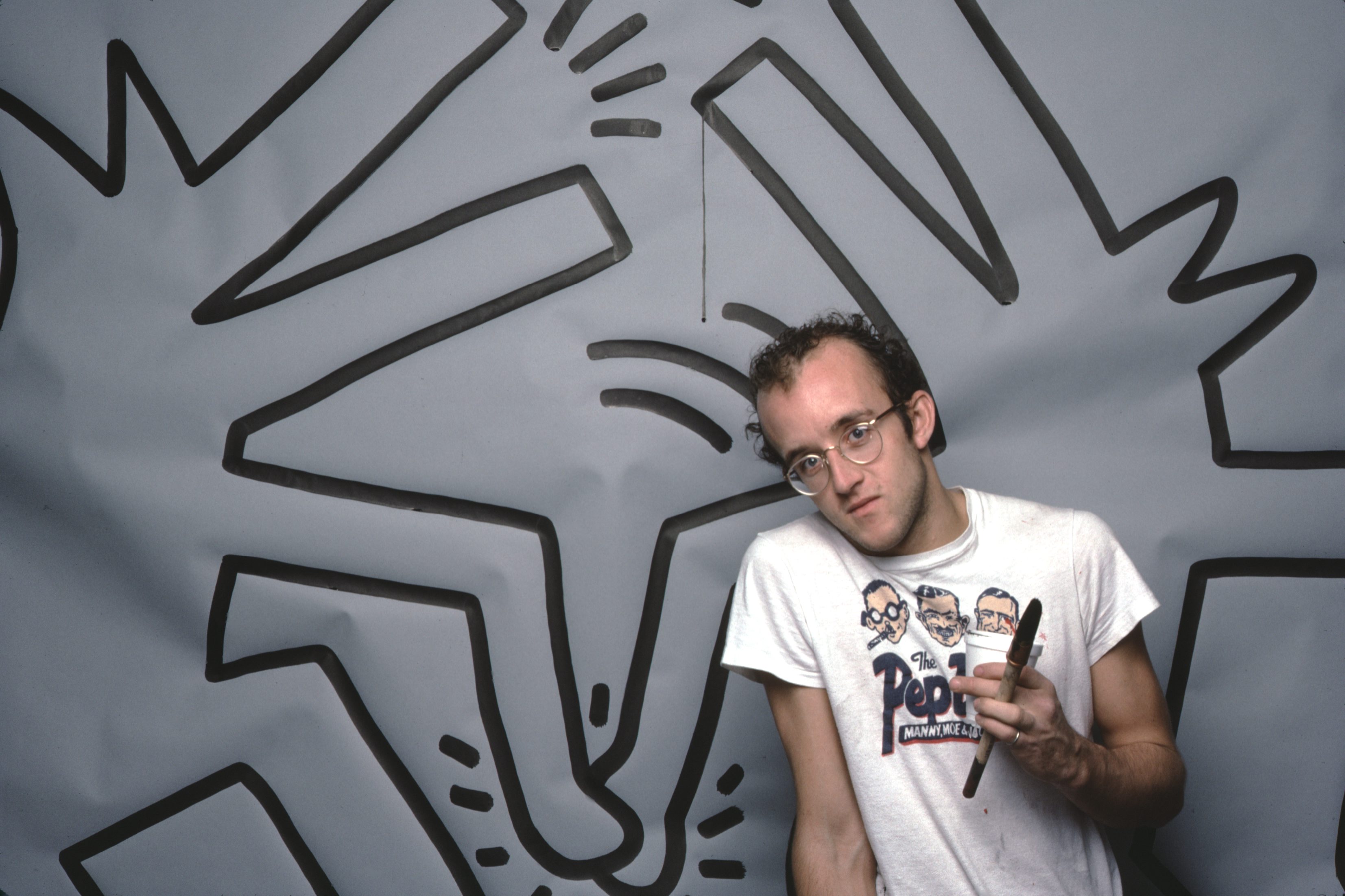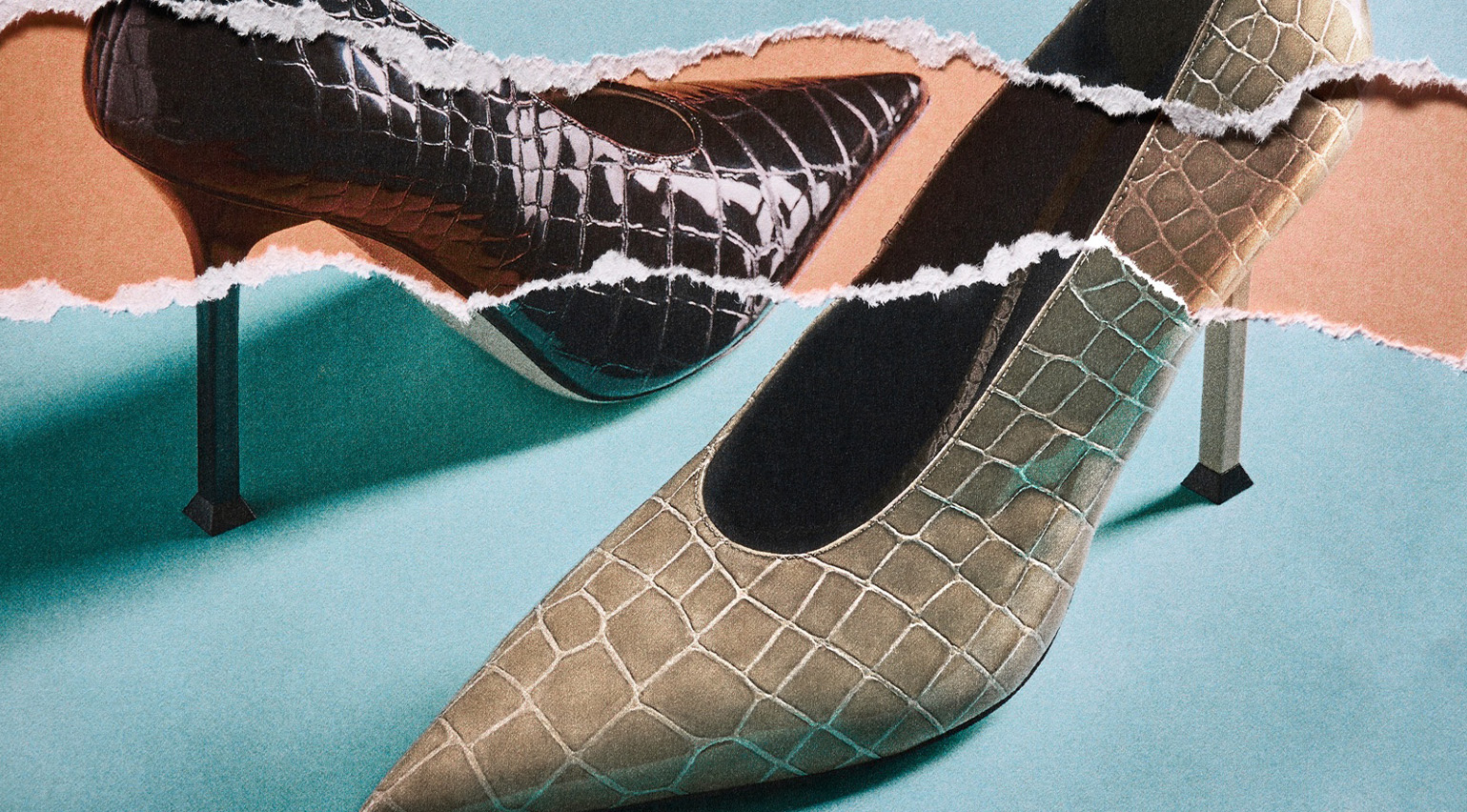The nuances of AI dissected at London's Barbican Centre

We non-augmented view the possibilities of artificial intelligence with a mix of fear of fascination. And pretty much always have. As ‘More than Human’, the Barbican’s new AI blockbuster exhibition, establishes by way of prologue, fictions of artificial and, more or less, intelligent life have a long history: from Golem through Frankenstein to Rick Deckard and beyond. And these fears and fascinations continue to shape how we engage with AI as it moves from fantasy to pocketable commonplace. Hi Siri. The Japanese, with no native Prometheus/Frankenstein narrative to spook them, have been quick and warm in their embrace of AI as tool and low-maintenance companion. Aibo, Sony’s adorable robo-pup, inevitably makes an appearance here.

Aibo, by Sony
The exhibition then breezes through analogue AIs, with actual examples of Charles Babbage’s Difference Engine and Alan Turing’s Enigma-busting bombe machine. (Ian McEwan’s new novel, Machines Like Me, imagines the earlier advances AI may have made had Turing not died at 42). And then moves onto contemporary’s AI star turns; IBM’s Watson trouncing the competition on the American game show Jeopardy and – significantly ramping up that fear and fascination with AI – DeepMind’s AlphaGo beating the best human competition at the fiendishly complex strategy game, Go.
All this though is really backstory for a thorough poke around the good and bad of AI’s current performances and potentiality. The exhibition pulls together work from artists, scientists and researchers, including Es Devlin, Neri Oxman, Massive Attack’s Robert del Naja, Alexandra Daisy Ginberg, Stefan Hurtig and Detlef Weitz as well Google Arts and Culture, and MIT’s Computer Science Artificial Intelligence Laboratory and looks at how AI’s advance is transforming everything from food production to journalism, healthcare – particularly diagnosis – transport and shopping.

Apiary, by Neri Oxman
While there is interactive fun to be had that thread of fear, fascination and some foreboding runs through the show. Joy Buolamwini, activist, scientist and founder of the Algorithmic Justice League, for example, looks at how gender and racial bias have become encoded, through complacency and a lack of imagination rather than outright malevolence perhaps, in facial analysis software. But the alarm raised in the show is far more sophisticated that simple tech bro backlash and it explores – with working models – the complex relationship between AI and consciousness and creativity. And it’s potential to enhance, amplify or explain both.

PoemPortraits, by Es Devlin

2065 (preview), by Lawrence Lek.
INFORMATION
‘AI: More than Human’ is on view until 26 August. For more information, visit the Barbican Centre website
ADDRESS
Barbican Centre
Silk Street
London, EC2Y 8DS
Receive our daily digest of inspiration, escapism and design stories from around the world direct to your inbox.
-
 Modern masters: the ultimate guide to Keith Haring
Modern masters: the ultimate guide to Keith HaringKeith Haring's bold visual identity brought visibility to the marginalised
-
 Discover a hidden culinary gem in Melbourne
Discover a hidden culinary gem in MelbourneTucked away in a central Melbourne park, wunderkind chef Hugh Allen’s first solo restaurant, Yiaga, takes diners on a journey of discovery
-
 Nina Christen is the designer behind fashion’s favourite – and most playful – shoes
Nina Christen is the designer behind fashion’s favourite – and most playful – shoesShe’s created viral shoes for Loewe and Dior. Now, the Swiss designer is striking out with her own label, Christen
-
 Out of office: The Wallpaper* editors’ picks of the week
Out of office: The Wallpaper* editors’ picks of the week'Tis the season for eating and drinking, and the Wallpaper* team embraced it wholeheartedly this week. Elsewhere: the best spot in Milan for clothing repairs and outdoor swimming in December
-
 Out of office: The Wallpaper* editors’ picks of the week
Out of office: The Wallpaper* editors’ picks of the weekFar from slowing down for the festive season, the Wallpaper* team is in full swing, hopping from events to openings this week. Sometimes work can feel like play – and we also had time for some festive cocktails and cinematic releases
-
 The Barbican is undergoing a huge revamp. Here’s what we know
The Barbican is undergoing a huge revamp. Here’s what we knowThe Barbican Centre is set to close in June 2028 for a year as part of a huge restoration plan to future-proof the brutalist Grade II-listed site
-
 Out of office: The Wallpaper* editors’ picks of the week
Out of office: The Wallpaper* editors’ picks of the weekIt’s wet, windy and wintry and, this week, the Wallpaper* team craved moments of escape. We found it in memories of the Mediterranean, flavours of Mexico, and immersions in the worlds of music and art
-
 Each mundane object tells a story at Pace’s tribute to the everyday
Each mundane object tells a story at Pace’s tribute to the everydayIn a group exhibition, ‘Monument to the Unimportant’, artists give the seemingly insignificant – from discarded clothes to weeds in cracks – a longer look
-
 Out of office: The Wallpaper* editors’ picks of the week
Out of office: The Wallpaper* editors’ picks of the weekThis week, the Wallpaper* team had its finger on the pulse of architecture, interiors and fashion – while also scooping the latest on the Radiohead reunion and London’s buzziest pizza
-
 Out of office: The Wallpaper* editors’ picks of the week
Out of office: The Wallpaper* editors’ picks of the weekIt’s been a week of escapism: daydreams of Ghana sparked by lively local projects, glimpses of Tokyo on nostalgic film rolls, and a charming foray into the heart of Christmas as the festive season kicks off in earnest
-
 Wes Anderson at the Design Museum celebrates an obsessive attention to detail
Wes Anderson at the Design Museum celebrates an obsessive attention to detail‘Wes Anderson: The Archives’ pays tribute to the American film director’s career – expect props and puppets aplenty in this comprehensive London retrospective